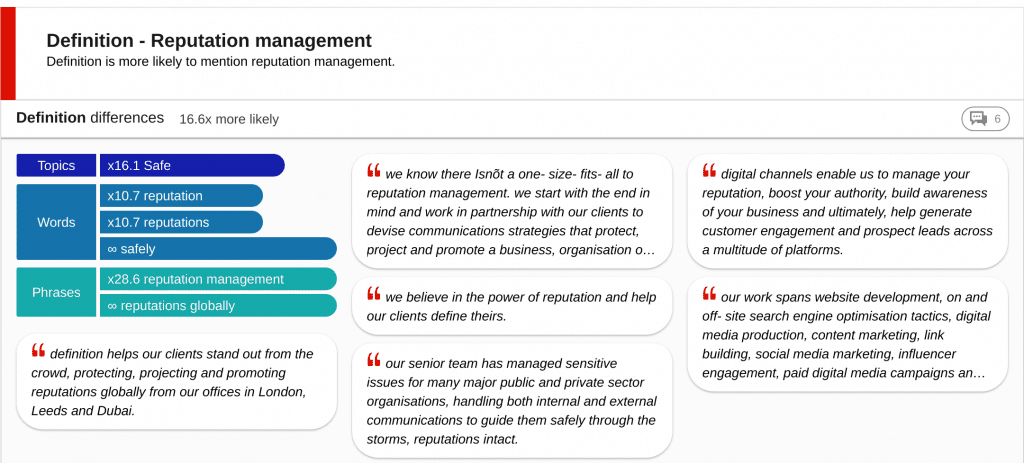How do PR agencies convey value throughout their communications?
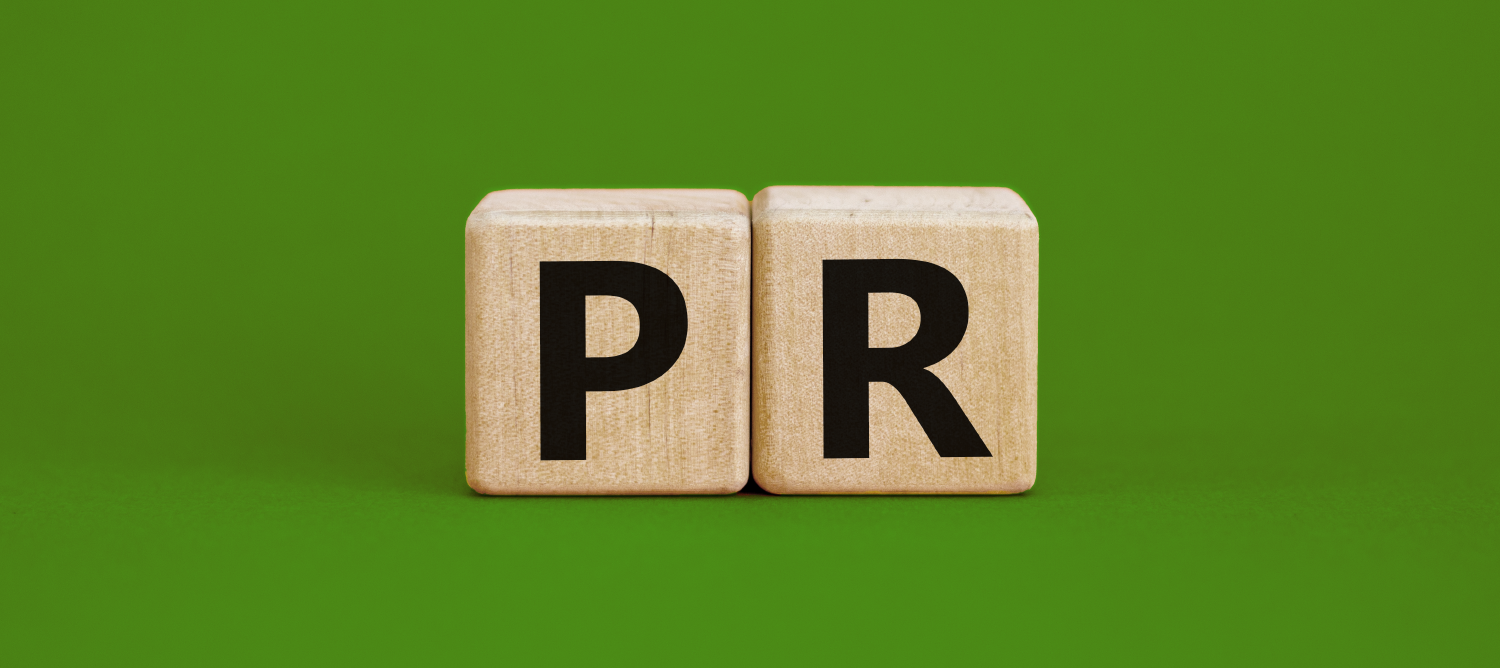
The formidable agency landscape is a gruelling race to the top. To fight for attention in this noisy world, you need to work just as hard on your own agency communications and messaging as you do on your client work. But the challenge is standing out from the crowd.
Digital communications such as social media presence, and the way you chose to populate your website website are powerful marketing tools that can impress prospects and encourage them to take action – or alienate completely immediately because they’ve no idea what you actually do. Design and copy can persuade organisations to choose your agency over countless others. Get it wrong, and you won’t just be losing money – you’ll be losing clients too.
At Relative Insight, we are in the world of text analytics. We know that words matter, but we believe it’s the differences that hold the most value. We wanted to understand how top PR and communications agencies position themselves throughout their messaging, by identifying the following:
- What do agencies advertise as being specialists in?
- How do they address the reader?
- What do they say more than their competitors?
- How do agencies differentiate themselves?
Comparative Methodology
To do this, we turned to text analysis. Firstly, we collected the digital messaging of four UK-based PR and comms agencies of different sizes – namely Grayling, Definition, M&C Saatchi Talk and Instinctif. We then uploaded this text data into the Relative Insight platform and compared each agency against the three others.
Relative Insight pinpoints the statistically significant differences in language between data sets. Often used as a sophisticated tool for competitor analysis, Relative enables agencies to understand their current positioning and messaging. This helps them to recognise where they are speaking, where their competitors are speaking and where there is an opportunity to speak, otherwise known as whitespace.
Grayling
Global agency with a local footprint
PR and communications agencies connect people. They help clients communicate with a myriad of audiences, from stakeholders to the general public. In our analysis, we found that Grayling position themselves as a global agency with a local footprint, helping people to stay connected. This highlights one of Grayling’s key offerings, and a strategic selling point.
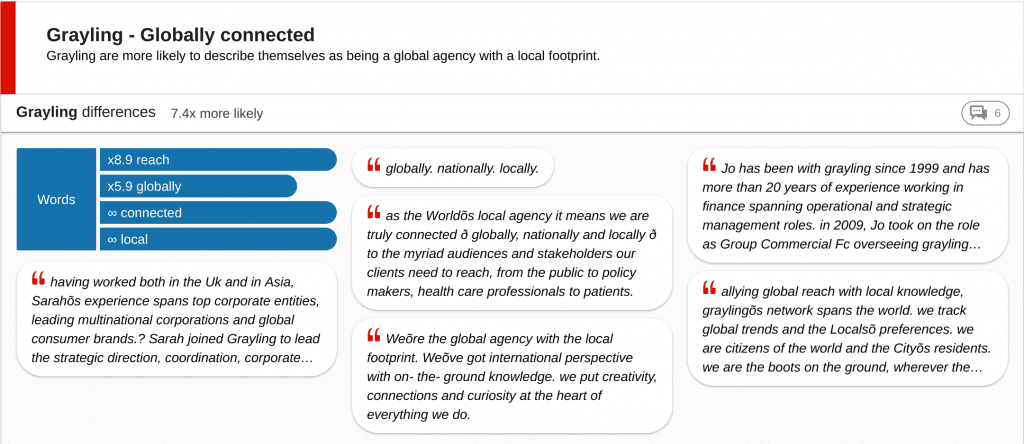
Creating advantage
Furthermore, our analysis found an infinitely higher use of the phrase we create advantage. This bold statement and strong tone of voice sets Grayling apart from their competitors. They claim that through effective PR, they can create competitive advantage for their clients which would be desirable for any potential brands.

Definition
Protecting and building reputation
A fundamental role of PR and communications agencies is to weather the storms of bad press through crisis and reputation management. Throughout Definition’s messaging, we found a significantly higher use of words and phrases relating to reputation. However, what is interesting is that Definition use emotive language to describe their agency’s work in this specific area. Words like protecting and safely are 10.7x more likely to appear, which could serve to reassure potential clients.
Personalised approach
Another key insight is that Definition is 4.3x more likely to use personal pronouns such as you and your throughout their communications. This creates an intimately personalised tone, and directly places the client – you – at the centre of focus. By addressing the reader directly, this could also reflect the types of client relationships that Definition aim to create.
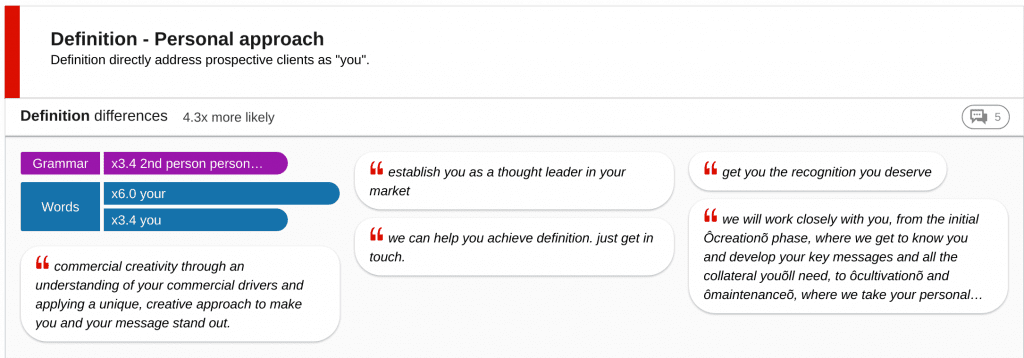
M&C Saatchi Talk
Metrics and analysis
While other competitors speak about connections and global reach, M&C Saatchi focus on the types of metrics and analysis they can offer their clients. The agency’s messaging mentions their various tools and insight teams, suggesting a greater focus on data-driven communications and PR. M&C Saatchi Talk are interested in the detail, in how well a campaign performs, further emphasised by the word measurement which is absent from all other competitor comms.

Talent and diversity
Highlighting company culture is essential for any business’s digital presence. It helps people to identify the core values of a company and strengthens brand image. We discovered that M&C Saatchi Talk are 20.5x more likely to talk about talent and diversity throughout their communications and messaging. In today’s age, diversity is an extremely important topic that businesses must whole-heartedly embrace. By highlighting the array of talent that the agency has, M&C Saatchi Talk indicate that their work for brands will be fresh and exciting.
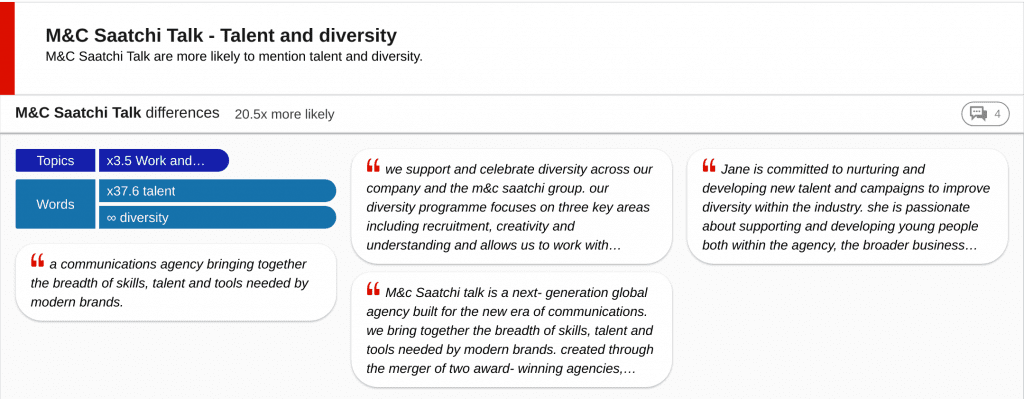
Instinctif
Telling a story
The aim of PR is to influence public perception of an organisation or individual, cultivating a story which depicts the client in a positive light. In our analysis, we found that Instinctif is 12.3x more likely to position themselves as expert storytellers. Instinctif craft a brand message which suggests they will amplify the client’s story in a compelling way, with engagement in mind.
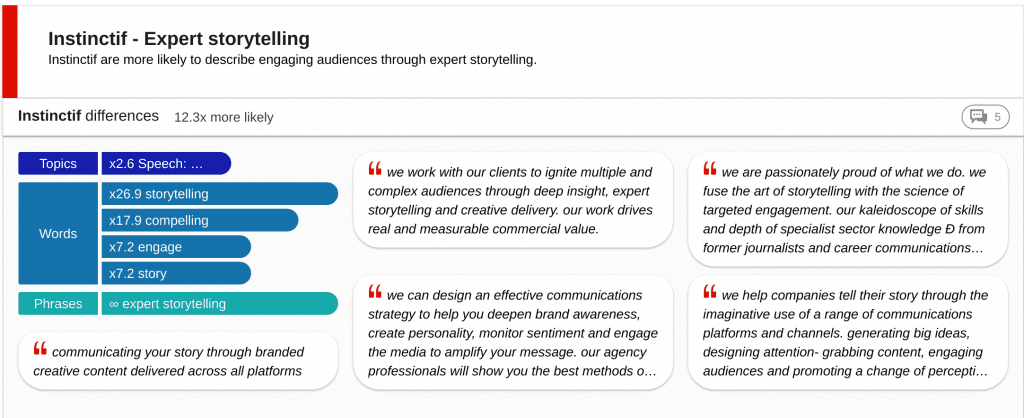
Measurable value
Another interesting insight we found was that Instinctif are infinitely more likely to use the phrase measurable commercial value. In doing so, the agency emphasises exactly what impact they can have on a client’s sales.
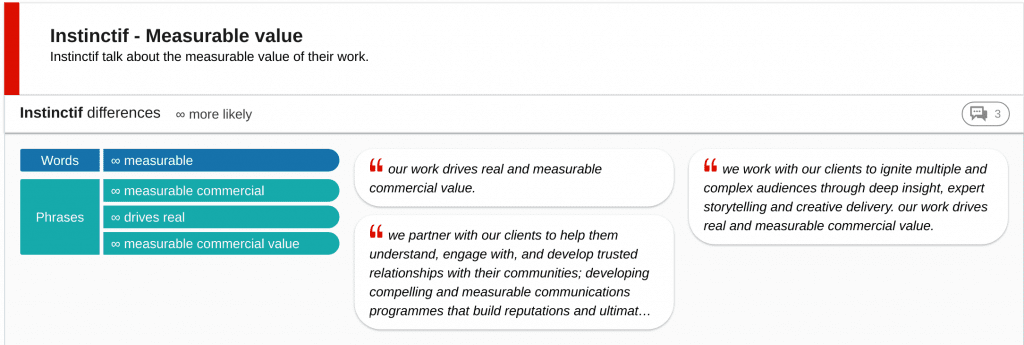
This type of competitor analysis helps agencies to see exactly how they explain their offerings and services in comparison to top competitors. In a space which is often filled with jargon, performing a scientific analysis can enable agencies to understand how they can differentiate themselves in a crowded landscape, as well as finding agencies which are starting to own similar language.
Whether the outcome is switching up the tone of voice used by agencies in their comms, or rewriting a website to convey the right message, comparative analysis can surface unique actionable insights that will make an impact.
In our first agency-special Relative Insight Spotlight Series webinar, we were joined by guest speakers from Kindred, Weber Shandwick and Merkley & Partners. They discussed the sophisticated methods (including, language comparison techniques) that agencies use to navigate a complicated, and ever-shifting landscape.
The whole session is now available to watch on-demand.
Related agency content:
- Why you need Relative Insight as part of your agency’s toolkit
- Using text analysis to see what makes a cutting-edge agency
- Comparing how creative agencies use social media to differentiate themselves
- What makes Agency Of The Year?
- Case study: Spotting the disparity between employer and employee views on agency culture
- Think piece: Uncertainty and unpredictability: two agency constants
